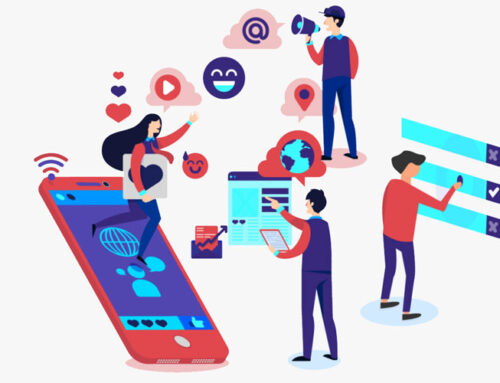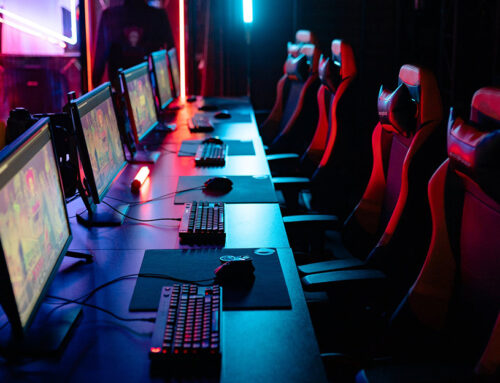In the Summer of 2021 I was lucky enough to start my EDTECH journey with a course in quest-based learning design with Dr. Snelson. It was an amazing course that taught what it was preaching as it was set up as a Quest!
According to Deterding et al. (2011) gamification is the use of game design elements in non-game contexts and is a term originated by the digital media industry. Its first documented use was in 2008, but there was no widespread adoption before the second half of 2010 (Deterding et al, 2011). So, gamification is still a relatively new and fast evolving field. It differs from educational or serious games in that it utilizes game aspects rather than designing entire games for non-entertainment purposes. The notion behind it is that, because video games are designed primarily for entertainment, and because they can unarguably motivate users to engage with them with unprecedented intensity and duration, game elements should be able to enhance the enjoyment and engagement of other, non-game products and services as well. Gamification uses game elements like leaderboards, points, badges, rewards, etc. to attract learners’ natural desire for competitiveness and accomplishment. The game-like mechanics encourage learners to participate, which consequently increases their engagement.
Quest-based learning is actually a strategy that integrates into the above mentioned gamified approaches. According to Karl Kapp (2012), a gamification expert, there are two types of gamification: structural (incorporating game elements into existing content, such as badges, levels, points etc.) and content gamification that changes the instructional content to make it more game like, such as in Quest-based learning where content is built around a storyline or challenge to make it look playful). Most of the teachers nowadays incorporate these game elements in their lessons not only because they see students more motivated to learn and participate but also because they provide immediate feedback, which allows them to change their teaching methods accordingly. Most importantly, playing a game is far more enjoyable than completing a worksheet… Who hasn’t played a game of Kahoot, Quizizz, Quizlet live, or Blooket in his/her class?
But so far implementing the above mentioned gamification aspects in education has had mixed results in terms of students’ learning outcomes, with research indicating both positive and negative consequences. Some research studies reveal that gamification in education can increase engagement, enjoyment, participation, motivation, performance, sense of achievement and accomplishment , while other studies reveal that some game design elements and settings may lead to negative results, like indifference, loss of performance, undesired behavior and declining effects, such as gradual loss of motivation and engagement. Some researchers point out that Points, Badges and Leaderboards (PBL Approach), without appropriate design, will not produce positive desired outcomes, while others discuss negative effects of gamification, such as lack of attention.
In order to figure out why we have so different results we might need to have a look at the motivation aspect of gamification. The main objective/goal of integrating gamification in the classroom is to increase extrinsic and intrinsic motivation so that the learners will get more actively involved in the learning process. Through extrinsic motivation (points, levels, rewards) achieves learners’ temporary engagement, while through intrinsic motivation helps the learners develop a sense of autonomy, mastery and a sense of belonging (Richter et al, 2015). Thus, when designing gamification strategies for education, it is important to focus on incorporating intrinsic motivation elements that will keep students engaged for a longer period of time. Learners might initially be attracted to learning due to external factors like badges, leaderboards etc. but the use of extrinsic motivational factors is not suitable for long-term engagement, so gamification designers need to consciously incorporate intrinsic motivational factors to empower students by giving them autonomy, competence and a sense of belonging.
Gamification is here to stay but it’s not a panacea for all our educational problems. In fact, it is crucial that it transcends beyond “pontification” (points, badges, and leaderboards) to include features like collaboration and quests/missions/modules that can help students learn more effectively. Gamification needs to change, it needs to focus on intrinsic motivation, grow within a structured framework, meet specific learning objectives, and take into consideration player types, character traits and social interactions. Gamification in education must be properly designed and implemented in order to promote high-quality learning and creativity.
Below you can see some of the “products” of this course:
Quest-Based learning Infographic
Self Determination Theory Infographic
Escape room example made with google forms
A choice story/choose your own adventure in google slides
The 12 labors of Hercules – A Quest
A Quest-based learning prototype
References
Deterding, S., Dixon, D., Khaled, R., & Nacke, L. (2011). From Game Design Elements to Gamefulness: Defining Gamification. MindTrek.
Kapp, K. M. (2012). The gamification of learning and instruction: Game-based methods and strategies for training and education. Center for Creative Leadership.
Richter, G., Raban, D., Rafaeli, S. (2015). Studying GamificationQ The Effect of Rewards and Incentives on Motivation. Gamification in Education and Business. 21-46.






